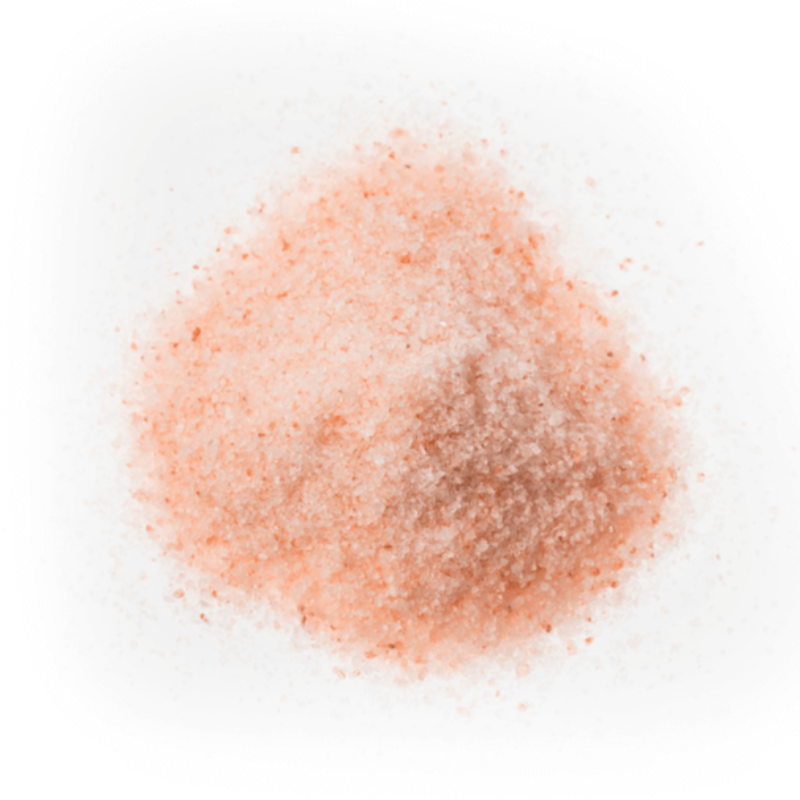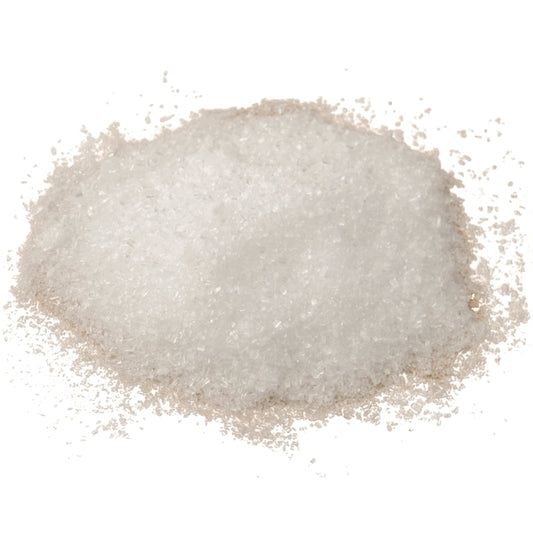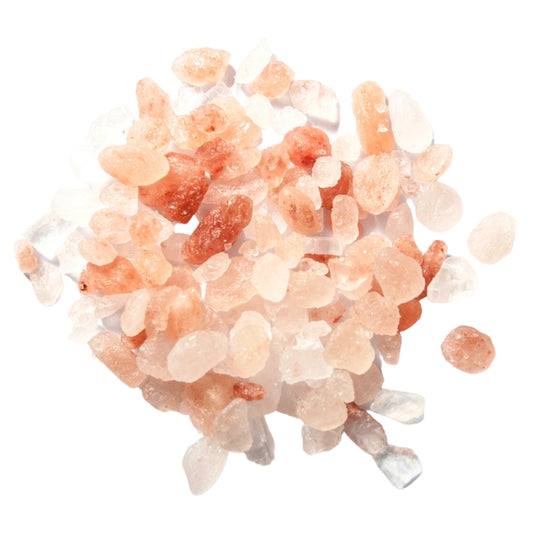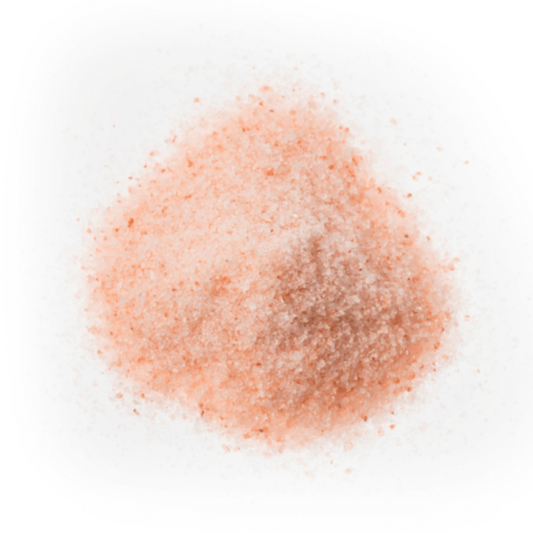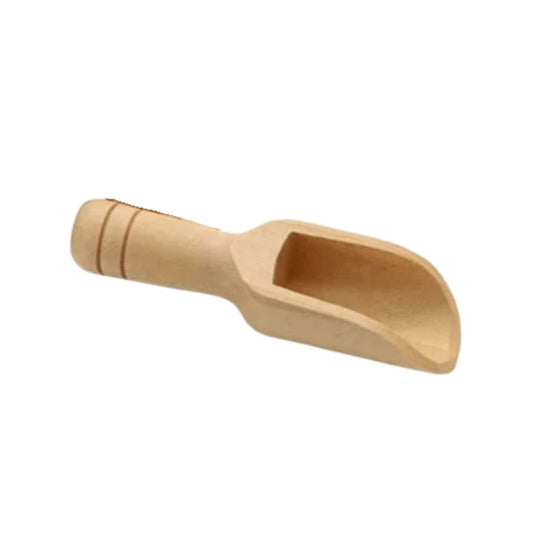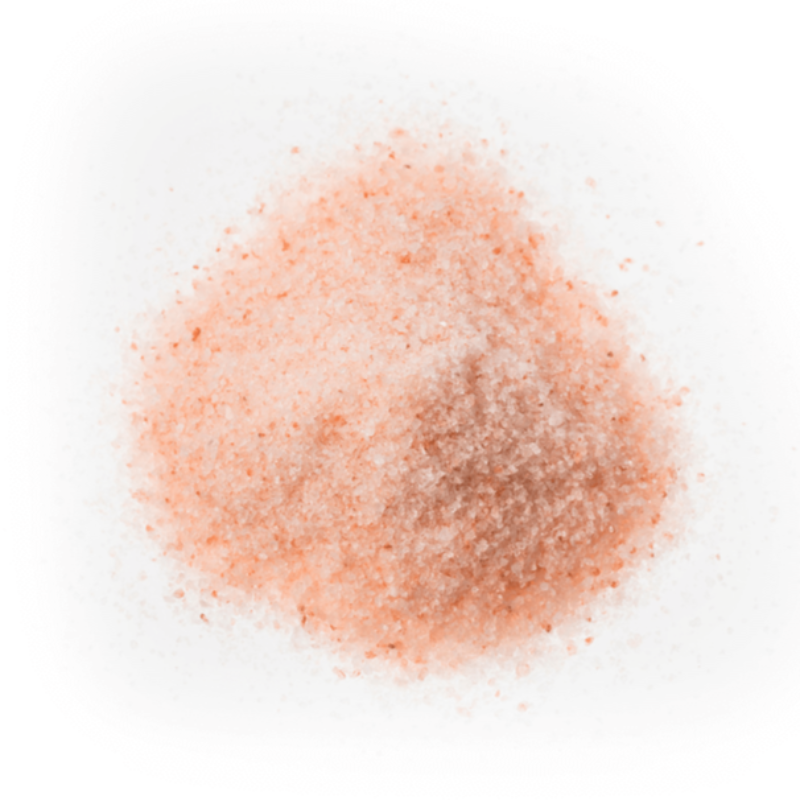
Should you add salt to your skincare?
Aiden van WykAs I was transitioning out of my traditional skincare routine, I noticed that my last store-bought Salicylic Acid Face Wash (#AcneLife) had in big and bold:
“99% Pure Sea Salt – Salicylic Acid – Hyaluronic Acid”
Salt? Why salt?
Is it possible that there is a neglected ingredient already in my cupboard? I mean, we do clean piercings with salt water, why not our skin? Also, why does my skin glow after coming home from the beach?
Did I just uncover a hack?
Come with me and discover the benefits and tomfoolery of just adding salt to your skincare routine.
What does Salt do in Skincare?
Salt is easily dissolved into water and often contains minerals – dependent on the salt you select. This makes adding salt to your formulations super easy, but what would it do?
- Natural Exfoliation:
When the salt is undissolved and in granules, it can act as a mechanical exfoliant, removing dead skin and leaving smoother, softer, brighter skin behind.
We should note though that salt crystals can be a little harsh, consider Jojoba Scrub Beads as a gentler alternative for physical exfoliation. - Deep Cleansing:
As the water is now saline, the salt absorbs toxins and draws out dirt and oil through osmosis. - Shrink Pores and Depuff:
Adding salt can have an astringent effect, improving the appearance of pore size and reducing puffiness. - Antimicrobial Properties:
Saltwater fights off bacteria (which is why it’s often used for piercing cleansing). This can also fight off bacteria that cause acne and skin infections. - Reduce inflammation:
Cleansing draws out excess fluid, toxins and irritants. This tends to reduce inflammation. Saltwater's killing of fungi and concentration of magnesium, calcium, and potassium (particularly in sea salt) helps soothe skin, nurture the skin barrier, and ease inflammation. - Improved Circulation:
Salt soaks can stimulate blood flow, which helps deliver oxygen and nutrients all over the body. This is why people often use saltwater soaks for sore joints and feet.
For who is Lightly Salted Skincare best for?
Adding salt would be most appreciated by folks who struggle with oily skin, acne prone skin and people like me with clogged pores so huge that you will have the most perfect and crisp view of the craters on my face from Mars – no telescope necessary.
Which Salt should you use?
There are a variety of salts available, each changing the texture and/or characteristics of your formulation. Here’s a quick breakdown of how each of the salts would ideally behave in your formulation:
Sea Salt added to your cosmetics:
Sea salt is rich in minerals like magnesium, calcium, and potassium. These minerals fight acne-causing bacteria and speed up healing. Magnesium specifically is anti-inflammatory and antimicrobial.
This is a favourite in cosmetic products, particularly for facial cleansers as salt tends to thicken surfactants.
Table Salt added to your cosmetics:
Generally, table salt is not all that rich in minerals or any additional characteristics. The main function would be its salinity and boosting the viscosity of surfactant systems.
Himalayan Salt added to your cosmetics:
This is coarser than sea salt and often leaves a grittier feel. That’s why it tends to be used in premium scrubs and masks. It contains iron and other trace minerals, making it great for detoxing the skin. Dissolving Himalayan Salts can often leave pink clumps at the bottom – that's because the trace minerals (like iron oxide, calcium, magnesium, and silicates) are insoluble, or only partially soluble, in water.
Not a fan of these residuals? What you could do is, after dissolving most of the Himalayan Salt, filter the insoluble bits out.
Epsom Salt added to your cosmetics:
Epsom salts is smooth and calming to the skin due to the magnesium. It may help sooth irritated or acne-prone skin. Do note that unlike normal salts, this might thin out surfactants and is more functional as an active.
Kala Namak added to your cosmetics:
Black Salt contains sulphur, iron, and other minerals. This helps exfoliate, reduce excess oil, and fight bacteria, making it great for acne-prone and oily skin. It also has anti-inflammatory and antifungal properties, promoting healing and clearing conditions like acne, seborrheic dermatitis, and psoriasis.
It does have a... characteristic scent though (like boiled eggs) which can be off-putting unless masked.
Should you add Salt to your Haircare?
The usage of salt not only benefits the face and body, but the scalp too. It’s great for those struggling with oily scalps, dandruff, clogged hair follicles and scalp fungal infections.
What it does is:
- Help loosen and remove dandruff.
- Stimulates blood circulation for a healthier scalp and hair growth.
- Absorbs excess oil and moisture.
- Prevents fungal growth.
This makes salt great in shampoos and salt scrubs where it can be washed out after cleansing the scalp.
Is there risk and danger in adding salt to your skincare?
Yes, adding heaps of salt is not for everybody.
Salt draws out moisture from the body. Overusing salt can be incredibly drying, particularly if you already have dry skin. Personally, I counteract this by only having salt in my cleansers while making the rest of my routine incredibly hydrating.
But if dryness is a major concern for you – you may want to have a good think about how you approach it.
Maybe only use products containing salt twice a week, to find out how drying it is. Maybe use it only in products that are washed off, or in toners, and generally avoid using it as a physical exfoliant.
Saltwater is not a substitute for a skincare routine
Please do remember that salt is not going to be your main active ingredient – it's an additional tool to boost you towards your goal. Saltwater alone is not enough cleanse your face.
You should still see a dermatologist if you have persistent skin concerns like acne, inflammation, discoloration. Particularly if it worsens chronic dryness, sensitivity, itchy or irritated skin.
Usage Rates of Salt in Skincare:
The recommended usage rate of salt depends on the type of salt you’re using and your intention. If you’re using salt to soak, the concentration would shoot up, but for cosmetic use it would be:
- Sea Salt: 0.5% -5%
- Table Salt: 0.5% - 5%
- Himalayan Salt: 0.5% - 4% (filtered to remove insoluble particles)
- Epsom Salt: 1% - 7%
- Kala Namak: 0.5% - 5%
These concentrations are suitable for:
- Facial toners and mists
- Leave-on serums
- Cleansers
- Light body treatments
If this seems low, keep in mind that seawater contains about 3.5% salt. Higher concentrations (10% - 15%) would be mostly for undissolved salt scrubs or for a therapeutic soak.



